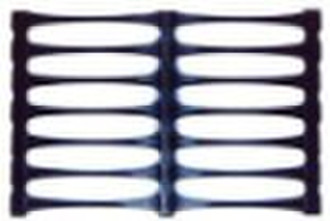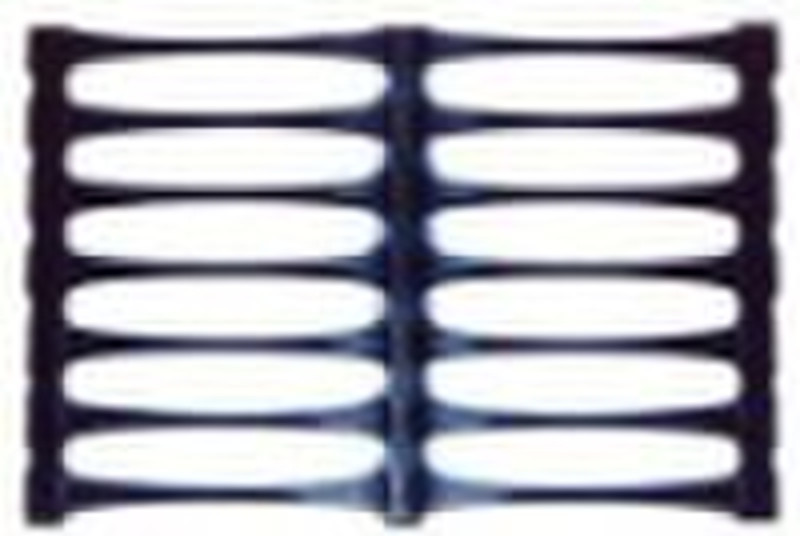Catalog
-
Catalog
- Agriculture
- Apparel
- Automobiles & Motorcycles
- Beauty & Personal Care
- Business Services
- Chemicals
- Construction & Real Estate
- Consumer Electronics
- Electrical Equipment & Supplies
- Electronic Components & Supplies
- Energy
- Environment
- Excess Inventory
- Fashion Accessories
- Food & Beverage
- Furniture
- Gifts & Crafts
- Hardware
- Health & Medical
- Home & Garden
- Home Appliances
- Lights & Lighting
- Luggage, Bags & Cases
- Machinery, Hardware & Tools
- Measurement & Analysis Instruments
- Mechanical Parts & Fabrication Services
- Minerals & Metallurgy
- Office & School Supplies
- Packaging & Printing
- Rubber & Plastics
- Security & Protection
- Service Equipment
- Shoes & Accessories
- Sports & Entertainment
- Telecommunications
- Textiles & Leather Products
- Timepieces, Jewelry, Eyewear
- Tools
- Toys & Hobbies
- Transportation
Filters
Search
reinforcement unixial HDPE geogrid
original price: 0,50 USD
Nanchang, China

Teamgo Li
Contact person
Basic Information
Product name: HDPE TGDG80 Tensile strength:≥80KN/M Tensile strength@2% elongation:≥21 KN/M Tensile strength@5% elongation:≥40KN/M Elongation:≤11.5% Carbon content:≥2.0% Width:2.0M Product perforemance: 1. Mechanism of reinforcing the soil with geogrids Mechanism of reinforcing the soil with geogrids exists in interaction between geogrids and soil.Generally speaking, the interaction has three circumstances: 1) Rubbing action between surface of geogrids and soil. 2) Locking action between holes of geogrids and soil. 3) Passive impedance action between soil and ribs of geogrids. Three kinds of action above can fully restrict the lateral displacement of soil grains, which greatly enhance the independence and stability of soil mass. Three kinds of action separately exert different influence on soil mass with the factors, such as types of geogrids, sizes of holes and grains, etc. Adopting the geogrids to strengthen soil can improve foundation bearing capacity and restrict the lateral displacement of soil mass. 2. Mechanics effect of geogrids Through directional stretch of geogrids, molecular polymer is aligned at stretching direction, which reinforce the connecting strength among molecule and greatly improve the tensile strength (five to ten times), while the elongation is 10% to 15% of original materials. The interlocking strength of soil and stone in gridding of geogrids raises and their coefficient of friction also raises greatly, which make geogrids having great advantage over other reinforcement materials in ability to resist lifting or reinforcement effect of geogrids to soil. So geogrids have better mechanics performance than other reinforcement materials. 3. Durability of geogrids The raw material of geogrids is polypropylene or polyethylene, and the main factor of their aging is ray radiation: ultraviolet radiation. While geogrids are deeply buried under rolled and compacted soil, and ultraviolet radiation is almost zero. Adding the additives of anti-ultraviolet radition and anti-aging, geogrids have good performance of acid resistance, alkali resistance, corrosion resistance and aging resistance. 4. Resistance to low temperature Our company had taken one year to develop and had utilized the State “The Ninth Five-Year” scientific and technological achievements, then developed the geogrids that can resist low temperature. Under -45°C, geogrids won’t part after they are doubled back for 100 times at their ribs. After geogrids have repeated cold-hot cycle from -45°C to 50°C for 200 times, their various performance index all meet the State Standard requirements. Moreover they had passed the test of Qinghai-Tibet Railway. 5.Construction performance Geogrids are light plastic flat net materials that have certain flexibility, they are easy to cut and connect with polyethylene rope or connceting-rod on the spot, also can be laid to overlap each other, which is convenient to form the required shape on the spot. Moreover, during the course of construction, they have small influence on flex and simple operation, even don’t need special operation machine or professional skilled workers.
Delivery terms and packaging
Packaging Detail: standard package or as customers' requirements Delivery Detail: 15 working days
Port: shanghai
Payment term
Letter of credit
Telegraphic transfer
-
Payment Methods
We accept:









